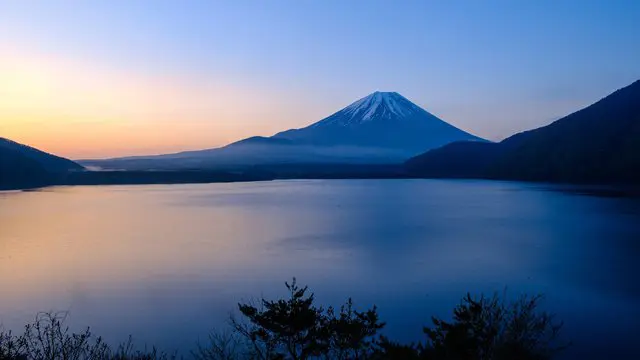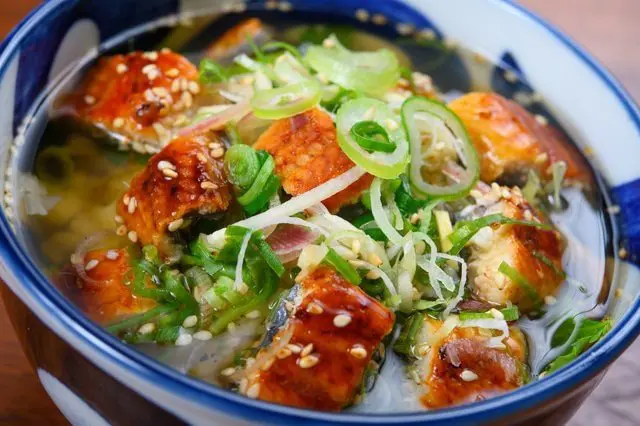Tokai Region - Japanese Encyclopedia

The Tokai region of Japan is located between the Kanto and Kansai areas on the main island of Japan, Honshu. Let's learn more about this area and its rich history.
The Tōkai region is composed of the Pacific-ocean facing Aichi prefecture, Shizuoka prefecture and Gifu prefecture centered on Japan's main island, Honshū. With heavy rains during the summer months and relatively fine weather during the winters, the largest city in this region is Nagoya city with a population of 2.298 million people (as of 2016).
Within the Tōkai region, you will find the world's largest car manufacturer Toyota Motors, making the automotive industry the backbone of this area. As a result, when compared to other regions in Japan, Tōkai ranks third in terms of economic power, after the Kantō and Kansai regions.
Furthermore, the Tōkai region has maintained a great deal of its own unique cultural heritage, setting it apart from the Kantō and Kansai areas. One such example being that this area is especially famous for its familial ceremonies, particularly wedding customs.
Read also:
Japanese Encyclopedia: Kantō Region
Japanese Encyclopedia: Kansai Region
How to Reach the Tōkai Region

As the Tōkai region is the most central part of the country, it is quite easy to reach. From Tokyo to Tōkai, the best means of transportation is the bullet train; it only takes 2 hours to reach Nagoya city from Tokyo and there are several trains that run all day long.
If you would prefer to fly, the largest airport in the Tōkai region is the Central Japan International Airport which takes roughly 1 hour to reach and has 3 flights arriving at it every day (as of February 2016). You can take the Nagoya railways from the Central Japan International Airport to Nagoya Station in about 28 minutes via the fastest line.
The Region's Sightseeing Spots

The Tōkai region is home to many of the most famous sight-seeing spots in Japan.
On the roof of Aichi prefecture's Nagoya castle reside the famous golden shachihoko (*1). For 500 yen, you can enter the 7 floored castle and see the exhibition rooms on floors 1 through 5, then look out across the city from the observatory on the 7th floor. There are stairs that lead up to the top floor, but there is also an elevator for those who are worried about their ability to safely climb to the top.
There is also a guided tour available in English, making it a perfect place to learn about the castle's history even for those who cannot speak Japanese.
*1 Shachihoko: a mythical carp with the body of a fish and the head of a tiger, its tail and fins point to the sky and it has sharp spines on its back; these figures are sometimes seen as cornerstones of Japanese castle rooves.

In Shizuoka prefecture you can see Japan's most famous mountain, Mount Fuji or Fuji-san, a registered World Heritage site. Mount Fuji actual lies between Yamanashi prefecture and Shizuoka; on the Shizuoka side you can see the famous crater, while on the Yamanashi side you can see the most recognizable face of the mountain.

And, at Gifu prefecture's Shirakawa-gō you can take a tour of the incredible gasshō-zukuri (*2) traditional houses, which are also a recognized World Heritage site. Being surrounded by the silence of nature, enjoying hot springs, eating delicious traditional dishes made with locally produced foods and even staying in a building with an authentic irori will make you feel as though have fallen back in time.
*2 Gasshō-zukuri: a traditional form of Japanese architecture featuring a steep thatched roof; said to look like two hands in prayer.
Tōkai Regional Specialties & Souvenirs

The Tōkai region has many unique dishes that are quite different compared to those found in the Kantō and Kansai areas.
Aichi prefecture, and especially Nagoya, are known best for their popular Hacchō miso, a type of red miso that is used to make miso katsu (fried pork cutlet slathered in red miso sauce) and miso nikomi udon noodles (udon noodles that have been cooked in red miso broth). Aichi is also famous for its grilled unagi eel and rice dish hitsumabushi, shrimp tempura rice balls known as tenmusu, deep fried chicken wings, kishimen flat noodles, and uirō a Japanese traditional confectionery made from steamed rice flour, boiling water and sugar.
Gifu prefecture is well-known for its hōbamiso, a dish with green onions, wild mountain plants or mushrooms mixed in miso and grilled inside a large magnolia leaf, and kushiyaki or grilled mochi rice cakes on a skewer coated in soy sauce and miso. Shizuoka prefecture is best known for its tea, sakura shrimp, and eel dishes.
If you would like to indulge your senses in a world filled with delicious foods and World Heritage sites, then the Tōkai region is the place you have been looking for.
All pictures from PIXTA
MATCHAで編集やってます植松です。87世代。





































![[Yamanashi/ Hokuto City] 4 Hot New Spots Opening in 2026](https://resources.matcha-jp.com/resize/720x2000/2025/12/12-252747.webp)

![[Reopening in March 2026] Ikoma Sanjo Amusement Park Park, 45 minutes from Osaka , with free admission](https://resources.matcha-jp.com/resize/720x2000/2024/08/28-194409.webp)
![[Gunma] 5 recommended gourmet foods at Kawaba Denen Plaza Roadside Station!](https://resources.matcha-jp.com/resize/720x2000/2025/02/26-225970.webp)
![[Kanazawa] Enjoy the world of gold leaf to the fullest in the city with the highest production volume in Japan](https://resources.matcha-jp.com/resize/720x2000/2025/11/12-249564.webp)